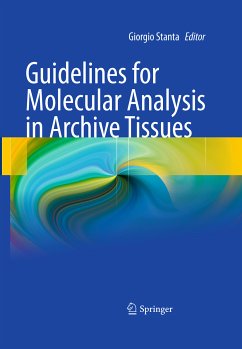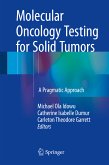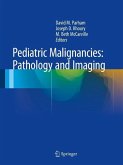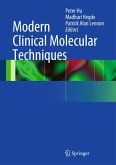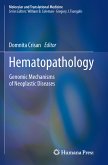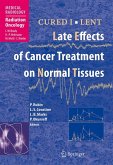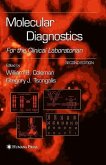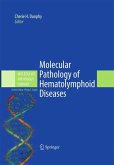This book provides detailed and precise guidelines for molecular analysis of archive tissues and will serve as an invaluable aid for researchers and pathologists involved in translational research and diagnostics. The topics addressed include pre-analytical treatment of tissues, isolation of tissue components, DNA and RNA methods, proteomics methods, internal quality control procedures, and storage and treatment of reagents. Clear notes and explanations are included to simplify use of the protocols for the less experienced. The authors are a group of acknowledged experts who have developed the described methods and validated them within the European project "Archive Tissues: Improving Molecular Medicine Research and Clinical Practice - IMPACTS", which has involved 21 leading institutions in 11 countries.
Dieser Download kann aus rechtlichen Gründen nur mit Rechnungsadresse in A, B, BG, CY, CZ, D, DK, EW, E, FIN, F, GR, HR, H, IRL, I, LT, L, LR, M, NL, PL, P, R, S, SLO, SK ausgeliefert werden.
Hinweis: Dieser Artikel kann nur an eine deutsche Lieferadresse ausgeliefert werden.

